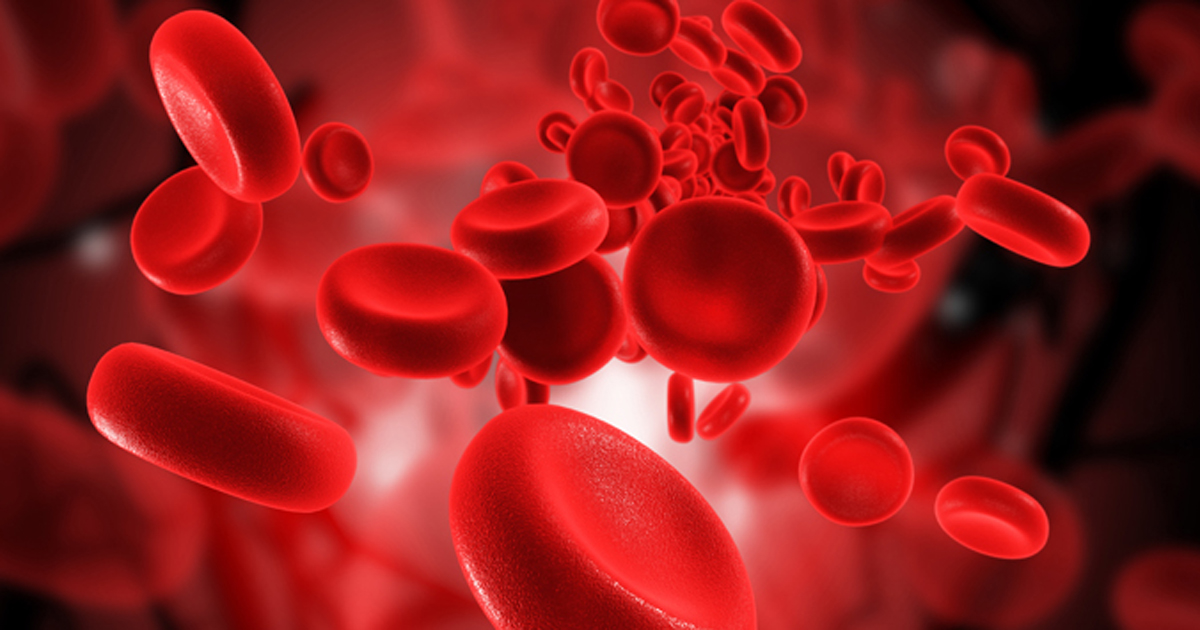Red blood cell, hematocrit measures higher with teenage insulin resistance
Red blood cell counts and hematocrit levels are higher for teens with insulin resistance as they age compared with those with normal insulin responses, according to findings published in Diabetes/Metabolism Research and Reviews.
Daniela Ferreira, a nurse in the department of clinical epidemiology, predictive medicine and public health at the University of Porto Medical School in Portugal, and colleagues performed cross-sectional and longitudinal analysis using data from 1,671 participants in the Epidemiological Health Investigation of Teenagers in Porto (EPITeen). Participants answered questionnaires and underwent medical examinations at age 13, 17 and 21 years, according to the researchers, who assessed levels of red blood cells, white blood cells, platelets, hemoglobin and packed cell volume along with fasting glucose and insulin using fasting blood samples.
The researchers reported that 14.7% of female participants and 10.5% of male participants had a homeostatic model assessment score of 2.6, which was the threshold for insulin resistance. Four quartiles were created based on homeostatic model assessment of insulin resistance (HOMA-IR) measures. For female participants, those in the lowest quartile had a score of less than 1.2, the second quartile between 1.2 and 1.7, the third quartile between 1.8 and 2.3, and the fourth quartile had a score of more than 2.3. For male participants, the cutoffs for the first (< 1.1), second (1.1 to 1.5), third (1.6 to 2.1) and fourth quartiles (> 2.1) were all slightly lower than for female participants.
Based on these quartiles, the researchers observed that female participants in the second, third and fourth quartiles had higher red blood cell counts that those in the first quartile (P < .001). A similar trend was observed among male participants in the fourth and third quartiles compared with the first quartile (P < .001). Based on these results, the researchers wrote that red blood cell count was positively associated with insulin resistance in both female (beta = 0.05; 95% CI, 0.03-0.07) and male participants (beta = 0.02; 95% CI, 0-0.04).

Male participants in the fourth and third quartiles also had elevated measures for hematocrit compared with those in the first quartile (P < .001), as did female participants in the fourth, third and second quartiles compared with the first quartile (P < .001). Based on these results, the researchers wrote that hematocrit levels were positively associated with insulin resistance among female (beta = 0.29; 95% CI, 0.12-0.46) and male participants (beta = 0.21; 95% CI, 0.04-0.38).
According to the researchers, female participants in the fourth, third and second quartiles had more white blood cells than those in the first quartile (P < .001). Conversely, iron levels were depressed in the fourth, third and second quartile vs. the first quartile (P < .001). The researchers wrote that the association between packed cell volume (beta = –0.35; 95% CI, –0.66 to –0.05) and insulin resistance was negative for female participants, with a similar relationship found between iron and insulin resistance (beta = –3.98; 95% CI, –6.94 to –1.03). The associations of white blood cell count (beta = 0.31; 95% CI, 0.19-0.43) and platelets (beta = 7.66; 95% CI, 3.93-11.39) with insulin resistance were positive for female participants. The association between hemoglobin and insulin resistance was positive, although the researchers noted that this last observation was only significant for male participants (beta = 0.09; 95% CI, 0.03-0.16).
“Our results, showing an increase in hematological parameters with increased IR levels, are of great importance since it is known that moderately increased levels of hematocrit, [white blood cell] and [red blood cell] count may contribute to higher cardiovascular mortality, namely by increasing blood viscosity,” the researchers wrote. “Taking this process into account, it is possible that a vicious cycle mutually enhances IR and hematological parameters.” – by Phil Neuffer
Disclosures: The authors report no relevant financial disclosures.
